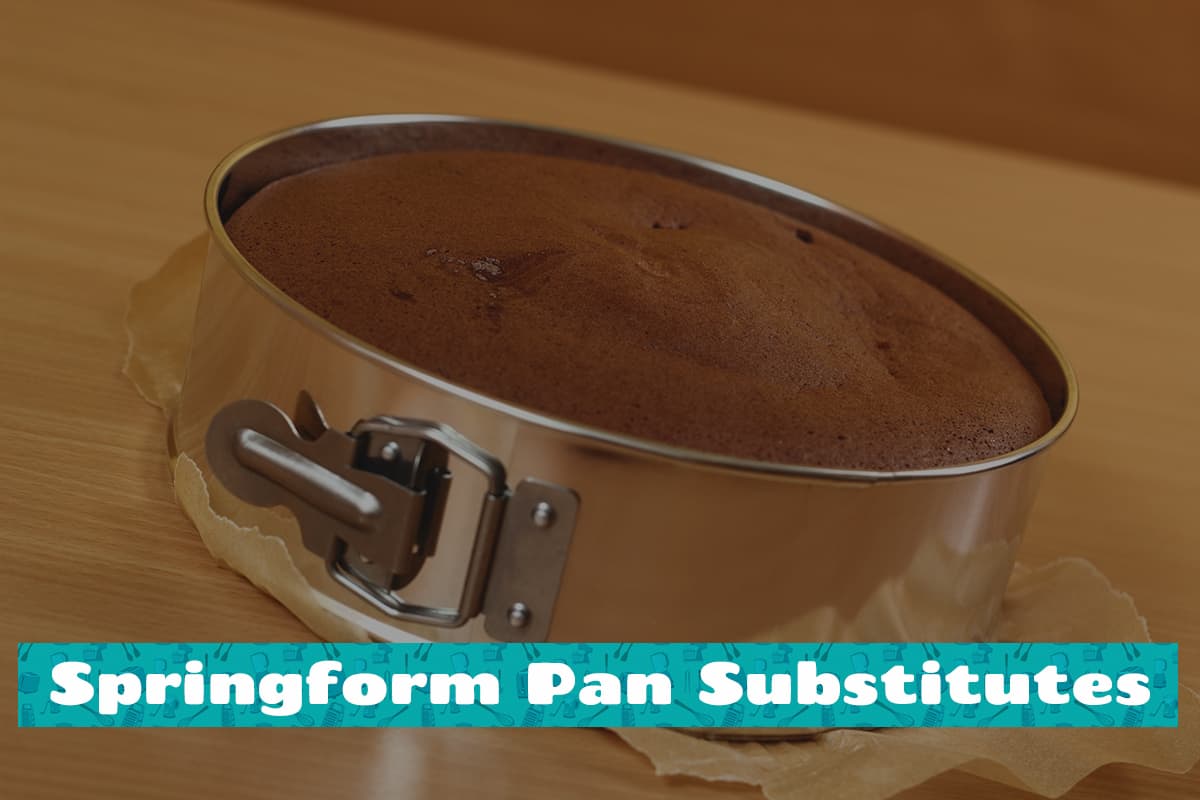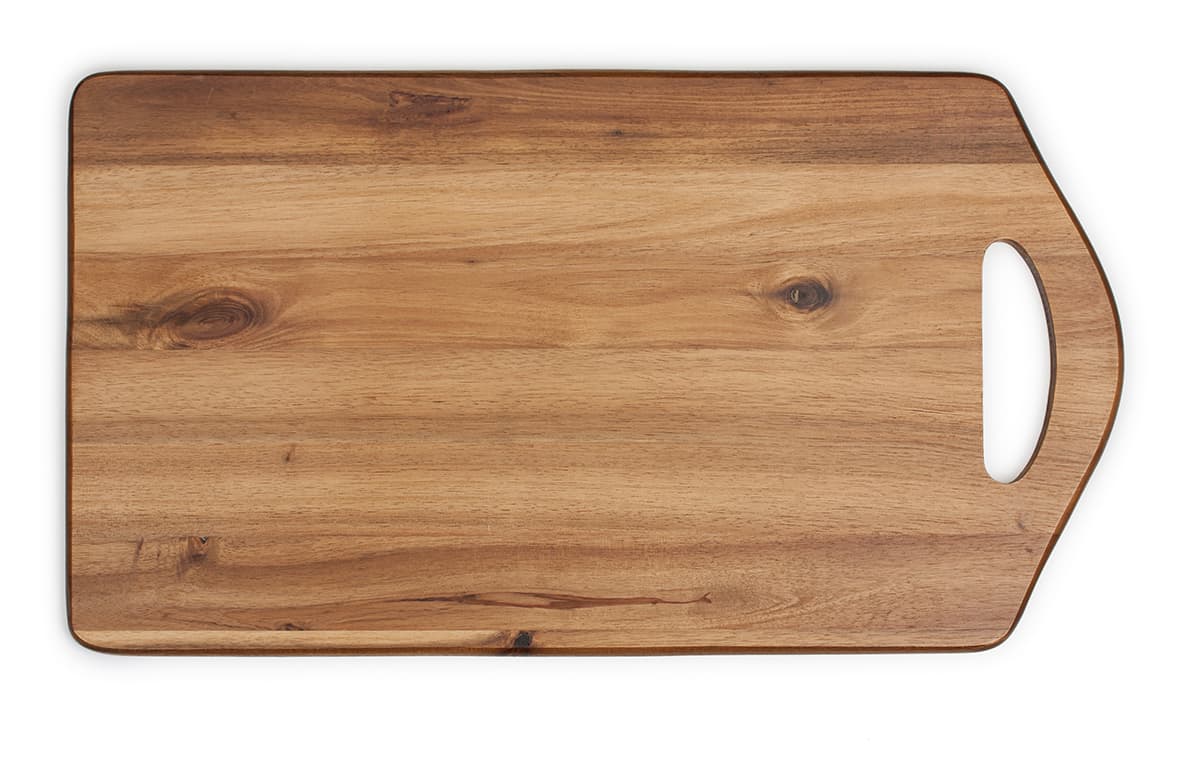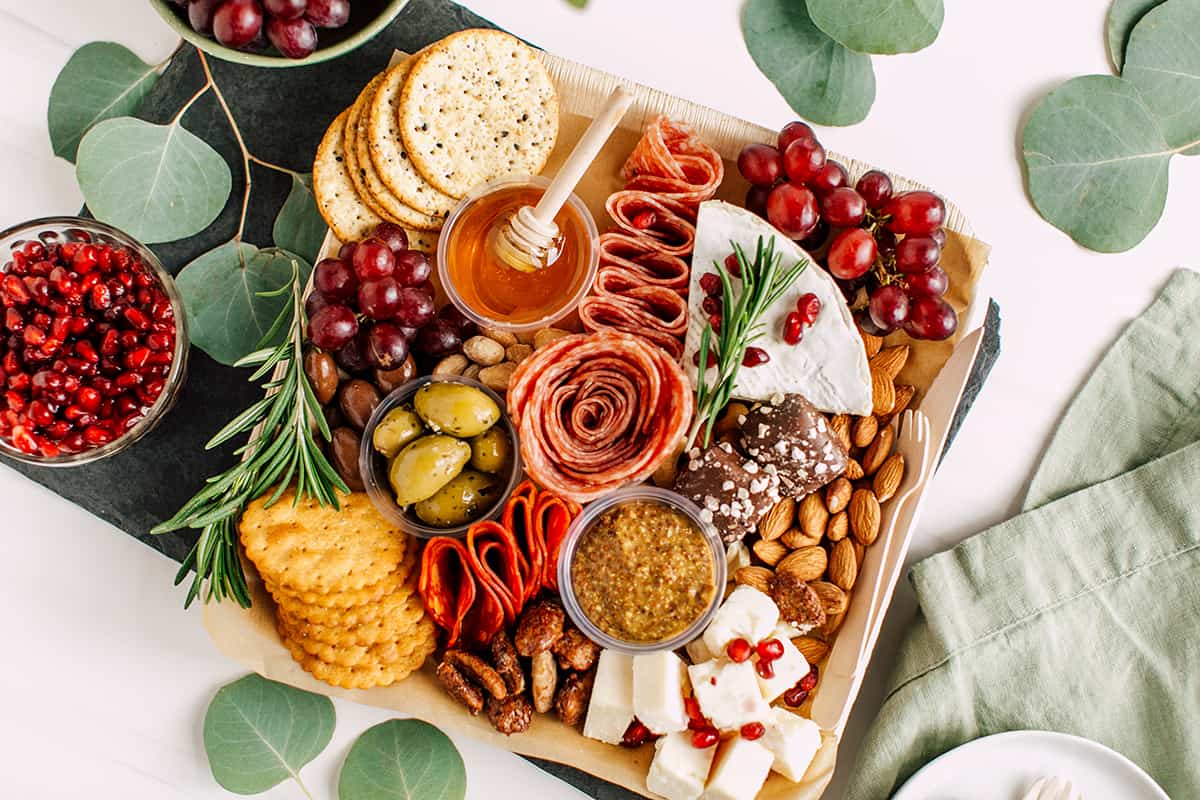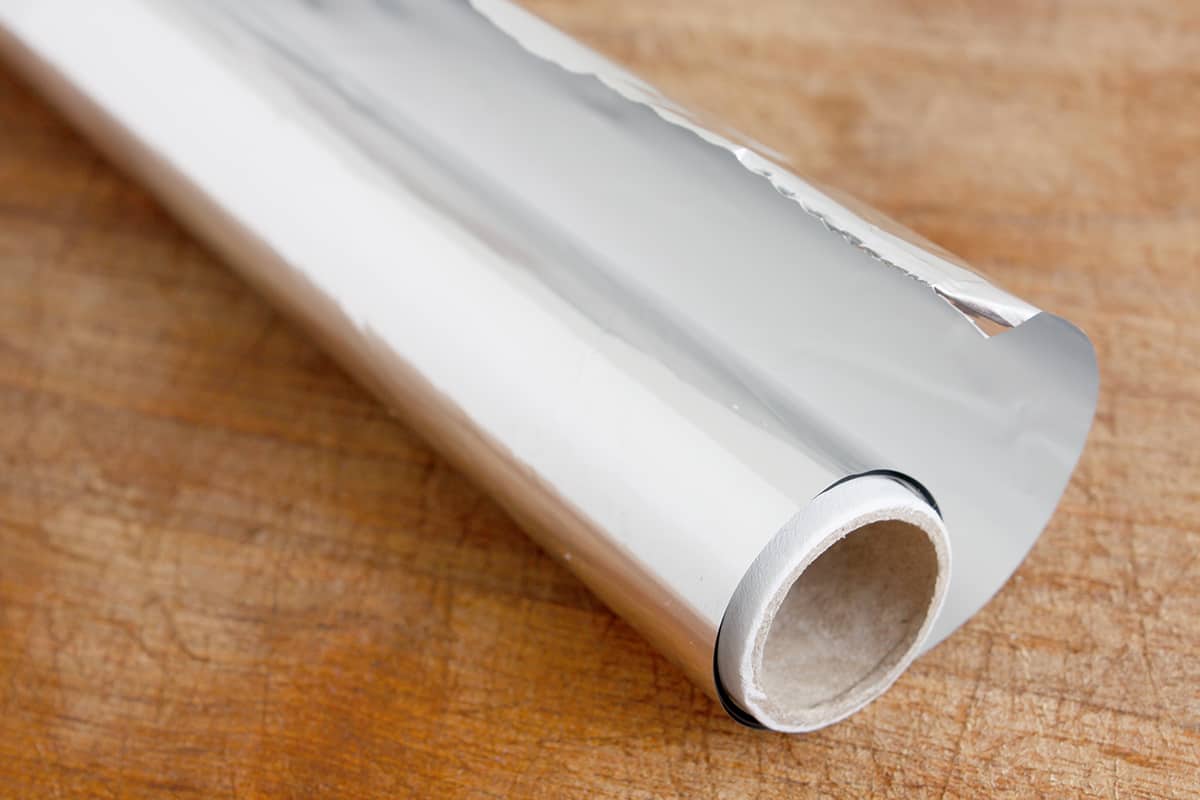Charcuterie boards are a type of serving platter which traditionally features cooked deli meats, but increasingly they are being used to serve cheeses, bread, dips, and other types of foods which guests can help themselves to. If you’re new to using charcuterie boards then you probably have a number of questions about how to use them, such as how far in advance can you prepare your charcuterie board, how can you clean it, and how long will the board last.
The good news is that charcuterie boards can be prepared several days in advance, as long as they are stored properly in the refrigerator. Once served, a charcuterie board will last for two hours before it needs to be put back in the refrigerator. And as for the board itself; charcuterie boards can last for several decades if they are well looked after.
How Long Does a Prepared Charcuterie Board Last?

Knowing how long a charcuterie board will last once it has been prepared can help you plan ahead for events such as dinner parties. A charcuterie board is a brilliant way to feed guests if you aren’t the best cook, or if you prefer entertaining with minimal effort and maximum impact.
Preparing a charcuterie board usually requires no cooking, and is more about good presentation. To prepare a charcuterie board you need to lay out your chosen foods in a way that looks appealing. This might include rolling deli meats up in an attractive way or stacking crudites around a pot of dip. After you’ve set out your foods on the charcuterie board it can be ready to serve.
Stored in the Refrigerator
A charcuterie board can be stored in the refrigerator for up to 5 days. This means you can prepare your charcuterie board several days in advance when planning an event, which can be particularly useful if you have a busy schedule. By not having to prepare the board on the day of your event, you’ll have more time available beforehand to get yourself ready or set up party decorations.
To store your charcuterie board in the refrigerator, cover it with plastic wrap to prevent any meats from drying out or going stale. If you plan to serve any foods which aren’t compatible with refrigerators storage, such as potato chips or bread, keep these in the pantry and add them to the charcuterie board just before you serve them.
You can also store a leftover charcuterie board in the refrigerator so that you can snack on it for several days after your event. Cover the food in plastic wrap and eat it within 5 days.
Served at Room Temperature
Once a charcuterie board has been prepared and served, you have around two hours to eat the food before it will need to be discarded or put into the refrigerator. This is because it will take around two hours for the meat to reach a temperature at which bacteria will thrive, making the food unsafe to eat.
If your charcuterie board is vegetarian or is based around cheese and bread, then this can be kept out at room temperature for a longer period of time. Bear in mind that bread will go stale quickly in hot climates, so it is better to only serve as much food as you will need, to prevent excess food from being left out at room temperature for too long.
After your charcuterie board has been out for two hours, cover the remaining food in plastic wrap and move it to the refrigerator. You can then use the leftover foods to make other dishes, or snack on them for the next few days.
How Long Does the Board Last?
If you’re going to invest in a new charcuterie board, it can be helpful to know how long you can expect it to last. The lifespan of a charcuterie board will be affected by a range of factors, including the material the board is made from, how it is stored, and how you clean it.
When a charcuterie board is cared for properly, it can last for several decades, but a board that is improperly looked after may not last more than a year.
Material
Charcuterie boards are traditionally made from wood, but this is one of the more difficult materials to care for because water damage will shorten the lifespan of the board. If you want a wooden charcuterie board, look for one which has a tight grain and is water-resistant, such as teak or bamboo.
Avoid oak or softwoods because these have more open grains which both water and bacteria can seep into. In terms of appearance, darker woods typically remain attractive for longer because they won’t show stains as easily.
For a charcuterie board that is easier to care for, glass and marble are good choices. These waterproof materials can be easily wiped clean, and won’t be as affected by the way they are stored and looked after. Marble can stain, so it’s important to clean these straight after use to help them stay in good condition for as long as possible.
Plastic charcuterie boards may not be the most aesthetically appealing, but they are among the most long lasting because they can stand up well to rigorous use and harsh cleaning. They can be put in the dishwasher so they require minimal care.
Cleaning and Care
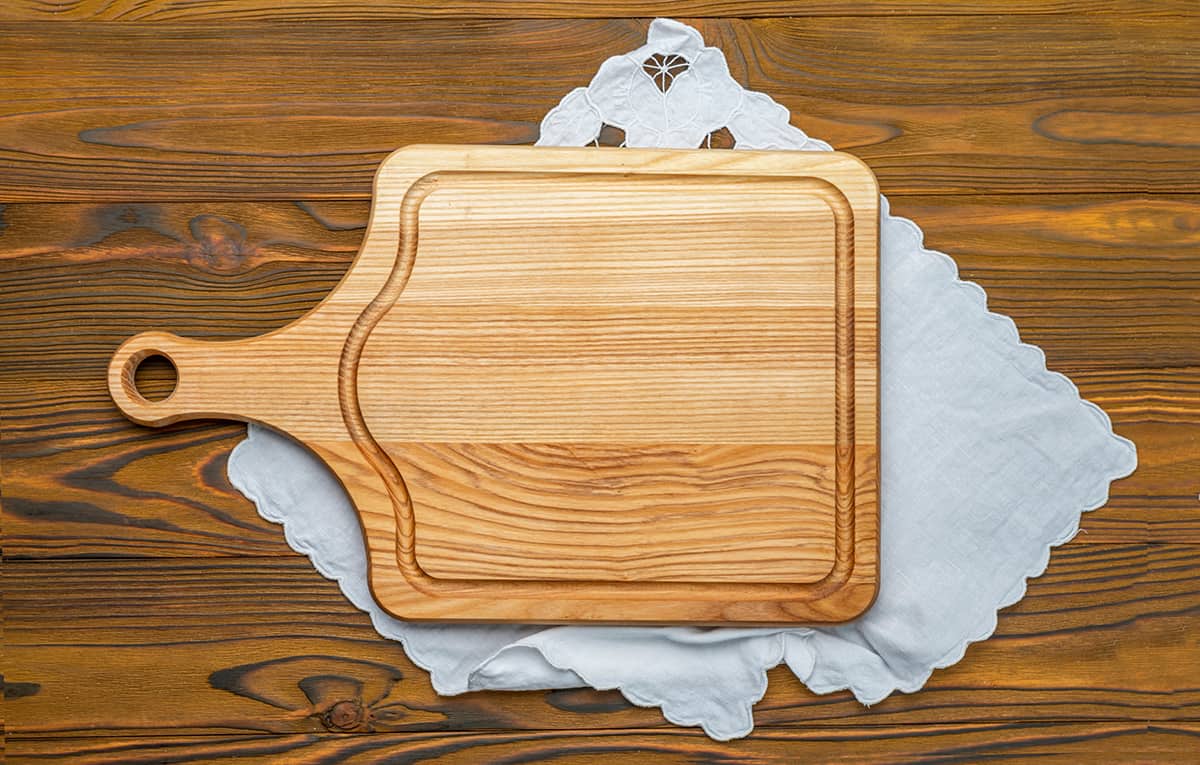
Caring for a wooden charcuterie board includes keeping it away from sources of moisture, and occasionally treating it with a protective wax. You can use soapy water to clean wooden boards, but be sure to dry them with an absorbent towel immediately afterward, and then stand them vertically to let them fully air dry.
Avoid drying them in a flat position as this will encourage moisture to get trapped. Never soak a wooden charcuterie board in water, or clean it in the dishwasher. Excessive exposure to moisture will cause the wood to crack, and drastically shorten the amount of time the charcuterie board will last.
Wooden boards can start to appear rough and dry over time, and when this happens you should wax the board with a natural product such as linseed oil. This will fill any gaps between the grain, improve moisture resistance, and give the wood a nice, smooth, and fresh appearance. Waxing or oiling wooden charcuterie boards will lengthen their lifespan quite considerably. Wax lightly used charcuterie boards every 2 to 3 years, or heavily used charcuterie boards on an annual basis.
Glass and plastic charcuterie boards can be soaked in water or cleaned in the dishwasher, while marble and slate charcuterie boards are best wiped down with an antibacterial spray and dry cloth.
Storage
Charcuterie boards will last longer when stored in a cool and dry location such as a pantry, especially if they are made from wood. It’s important to keep wooden boards out of direct contact with moisture, for example when washing them, but don’t forget that even moisture in the air in humid climates can negatively affect wooden charcuterie boards. Storing boards in a cupboard or pantry will help to protect them from moisture in the air.


